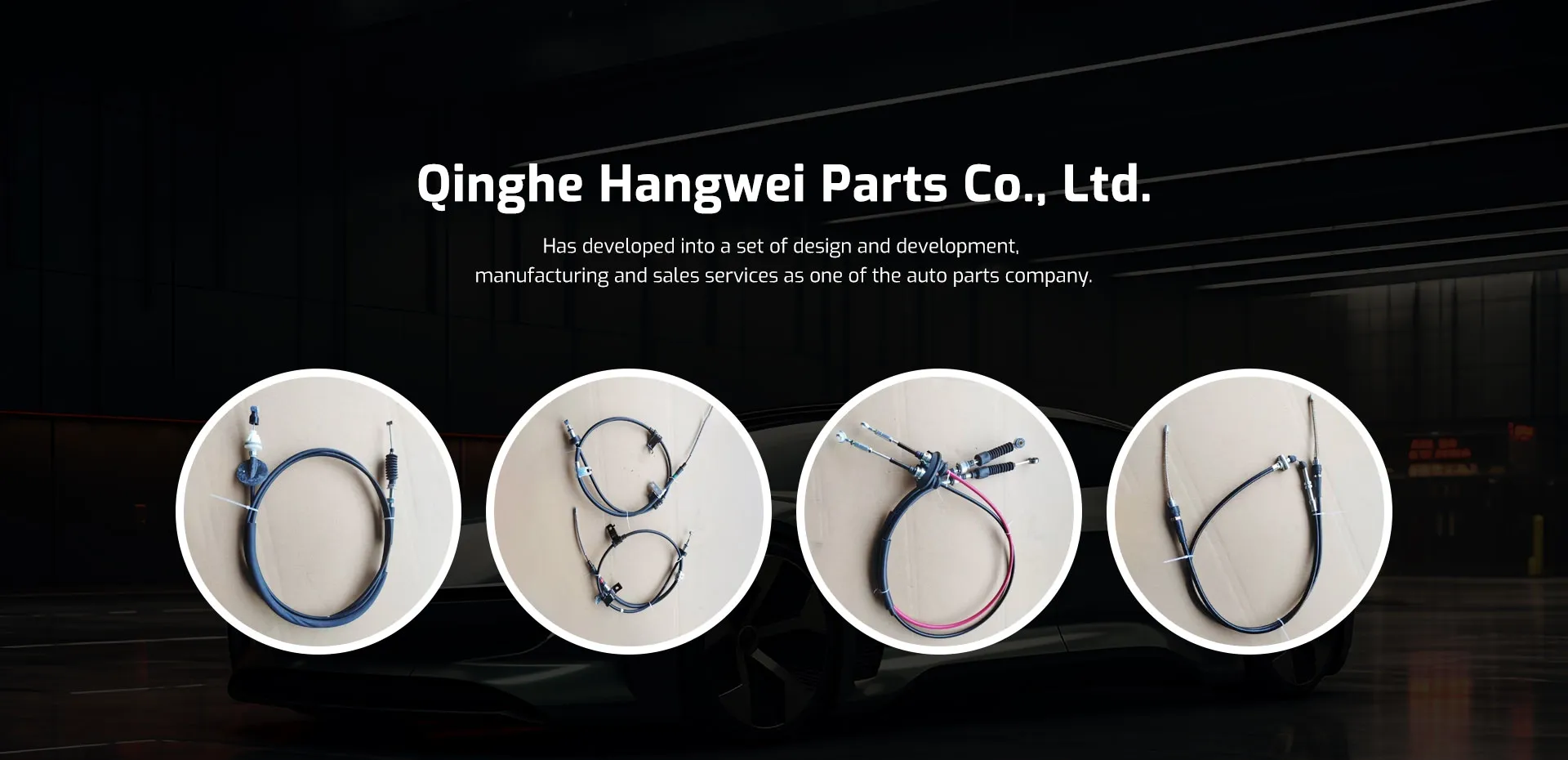derailleur gear cable
Understanding Derailleur Gear Cables A Key Component in Bicycle Mechanics
When it comes to the world of cycling, few components are as crucial as the derailleur gear cable. This unassuming part plays a pivotal role in the functionality and performance of modern bicycles, particularly those equipped with multiple gears. To appreciate its importance, we need to delve deeper into what derailleur gear cables are, how they work, and why proper maintenance is essential.
What is a Derailleur Gear Cable?
The derailleur gear cable is a thin, flexible wire that connects the shifters on the handlebars to the derailleurs located near the bike’s drivetrain. The primary function of this cable is to transfer the rider's shifting input—whether from a trigger, twist, or lever—to the derailleur, which then moves the chain from one gear to another. This system allows cyclists to adapt to various terrains and riding conditions, enhancing performance and efficiency.
How Does it Work?
When a cyclist shifts gears, the movement of the shifter pulls or releases the derailleur cable. If the shifter is moved to a higher gear, it pulls the cable taut, prompting the rear derailleur to shift the chain onto a smaller cog, allowing for an easier pedaling experience on flat surfaces. Conversely, shifting to a lower gear loosens the cable, enabling the derailleur to move the chain onto a larger cog, which is beneficial for climbing steep hills.
The magic of this system lies in the precise tension maintained along the cable. If the cable is too loose or too tight, it can lead to poor shifting performance, resulting in missed shifts or even chain drop, which can be frustrating and dangerous for the cyclist. Therefore, a well-adjusted derailleur cable is crucial for optimal bike performance.
Maintenance Tips for Derailleur Gear Cables
derailleur gear cable

Keeping derailleur gear cables in good condition is essential for any cyclist. Here are some tips for maintenance
1. Regular Inspection Check for frayed ends or signs of wear on the cable housing. A damaged cable can lead to improper shifting and should be replaced immediately.
2. Cleaning Dirt and grime can accumulate on the cable, affecting its performance. Periodically clean the cable with a soft cloth and lubricant specifically designed for bike cables.
3. Adjusting Tension If you notice any issues with shifting, the first step is to check the cable tension. Most shifters have an adjustment mechanism that allows you to fine-tune the cable tension, ensuring smooth shifting.
4. Replacement Over time, cables will stretch and lose their effectiveness. It’s wise to replace derailleur cables after a certain period, especially if you ride frequently or under demanding conditions.
5. Professional Help If you’re unsure about maintenance or adjustments, don’t hesitate to seek help from a professional bike mechanic. They have the expertise to ensure your bike’s shifting system is in top condition.
Conclusion
In summary, the derailleur gear cable is a vital component that significantly impacts a bicycle's performance. Understanding how it functions and how to maintain it can enhance your riding experience, making it smoother and more enjoyable. Whether you're a casual rider or a serious cyclist, paying attention to your derailleur gear cable can help you avoid unnecessary hiccups on your cycling adventures, ensuring that you can focus on what really matters the ride itself.
-
Upgrade Your Control with Premium Throttle CablesNewsAug.08,2025
-
Stay in Control with Premium Hand Brake CablesNewsAug.08,2025
-
Experience Unmatched Performance with Our Clutch HosesNewsAug.08,2025
-
Ensure Safety and Reliability with Premium Handbrake CablesNewsAug.08,2025
-
Enhance Your Vehicle with High-Performance Clutch LinesNewsAug.08,2025
-
Elevate Your Ride with Premium Gear CablesNewsAug.08,2025
